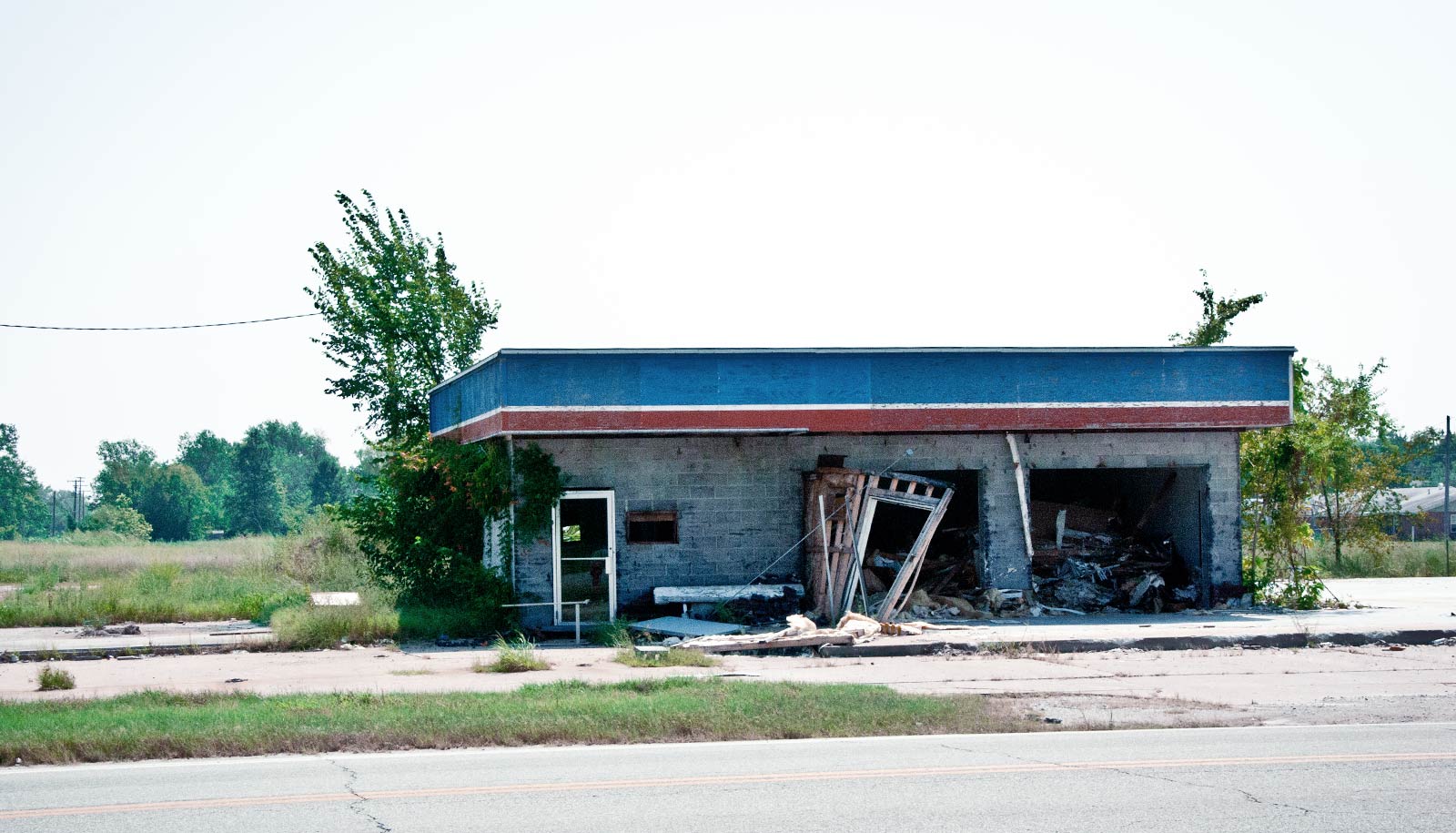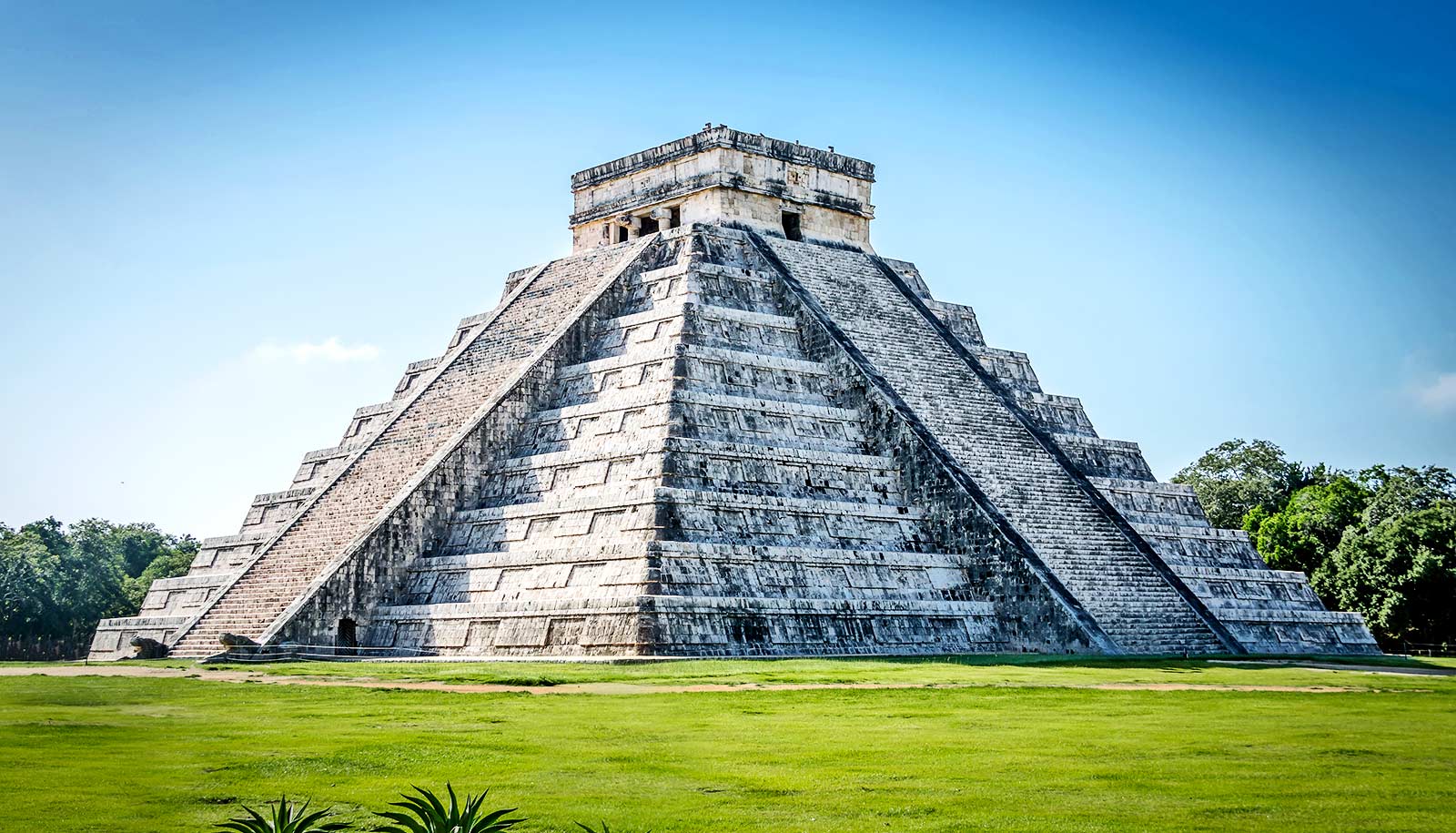A new way to wash heavy metals from contaminated soils uses a chemical process that’s a bit like brewing coffee.
When poisonous heavy metals like lead and cadmium escape from factories or mines, they can pollute the nearby soil. With no easy ways to remove these contaminants, fields must be cordoned off to prevent these toxins from entering the food chain where they threaten human and animal health.
According to the Environmental Protection Agency, heavy metals have been found at thousands of locations nationwide. While some have been cleaned up through a combination of federal, state, and private efforts, the need remains for new technologies to address heavy metal contamination.
“We really have no good remediation technology for heavy metals.”
As researchers from Stanford University describe in Nature Communications, they started by rinsing contaminated soil with a mixture of water and a chemical that attracts heavy metals. When that mixture percolates through the soil, the chemical pulls heavy metals loose. The team members then collected this toxic brew and ran it through an electrochemical filter that captured the heavy metals out of the water. In this way they cleansed the soil of heavy metals and recycled the water and chemical mixture to percolate through more contaminated ground.
“This is a new approach to soil cleanup,” says Yi Cui, who is a professor of materials science and engineering and photon science. “Our next step is a pilot test to make sure that what works in the lab is practical in the field, and to figure out how much this process will cost.”
So far, his team has cleansed soils contaminated with lead and cadmium—two prevalent and dangerous toxins—as well as with copper, which is only dangerous in high concentrations. Cui believes this process of chemical cleansing and electrochemical filtering will work with other dangerous heavy metals like mercury and chromium, but further lab experiments will need to demonstrate that.
Washing contaminated soil
Cui says the project began two years ago when he and graduate student Jinwei Xu brainstormed about how to solve the basic problem: Heavy metals bind to the soil and become virtually inextricable. Today, Cui says, cleanup may involve digging up contaminated soils and sequestering them somewhere. Agricultural researchers have also developed phytoremediation techniques—growing sacrificial plants in contaminated soil to absorb heavy metals, then harvesting these crops and taking them to an extraction and disposal facility. But phytoremediation can take many years of repeated harvests.
Seeking a quick, cost-effective way to extract heavy metals from contaminated fields, the researchers tried washing toxic soil samples with plain water. They soon realized that plain water couldn’t break the chemical bond between the heavy metals and the soil. They needed some additive to pry the contaminants loose. They found the answer in a common chemical known by its initials: EDTA.
In retrospect, EDTA was the obvious choice because this same chemical is used to treat patients with lead or mercury poisoning. Negatively charged EDTA bonds so strongly to positively charged heavy metal particles that it pulls the lead or mercury from the patient’s tissues. The researchers reasoned that, when dissolved in water, EDTA’s negative hooks would rip heavy metals loose from soils. Experiments bore this out. When EDTA-treated water percolated through contaminated soil, it carried the heavy metals away.
But the team’s job was only half done. The soil was clean, but the treated water was still toxic. They needed a way to separate the EDTA from the heavy metals in the rinse water and capture those toxins once and for all.
Heavy metal rinse water
The scientists knew that EDTA remained strongly negative even after it captured a positively charged metal particle. So, the researchers built a sieve with the electrical and chemical properties to pull the negatively charged EDTA and positively charged heavy metals apart. The result was isolated heavy metals and a mixture of water and EDTA ready to purify more soil.
In addition to lead and cadmium, the researchers tested the process on copper, which is only dangerous in high concentrations. Next Cui would like to run the experiment on other heavy metals like mercury, which are so toxic they require special handling to protect the researchers. But he thinks the chemistry is so sound that he is confident of success in the lab. The bigger question is whether the process can be scaled up to treat tons of contaminated soil. The researchers have sought to patent the process through the Stanford Office of Technology Licensing and would like to find an opportunity to run a pilot project in a contaminated field.
“We really have no good remediation technology for heavy metals,” Cui says. “If this proves practical on a large scale it will be a significant advance.”
Source: Stanford University


